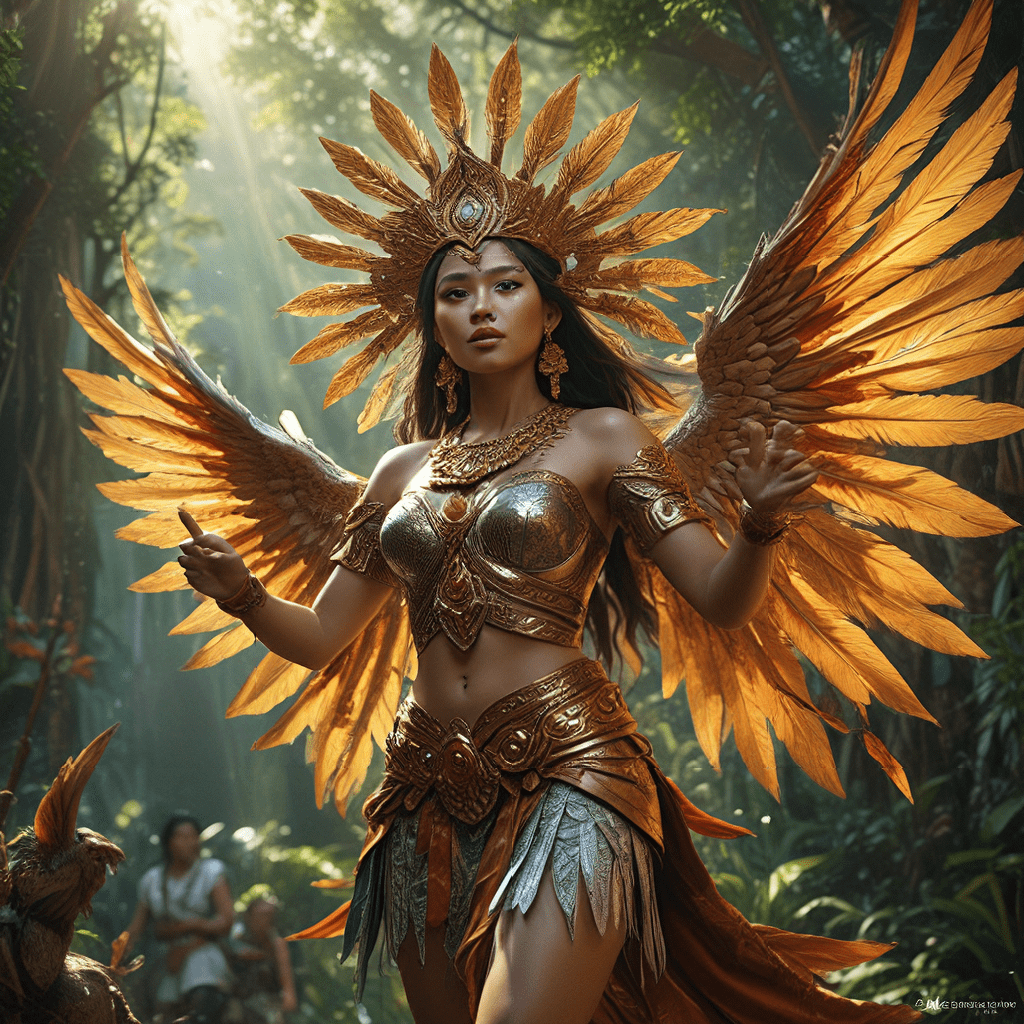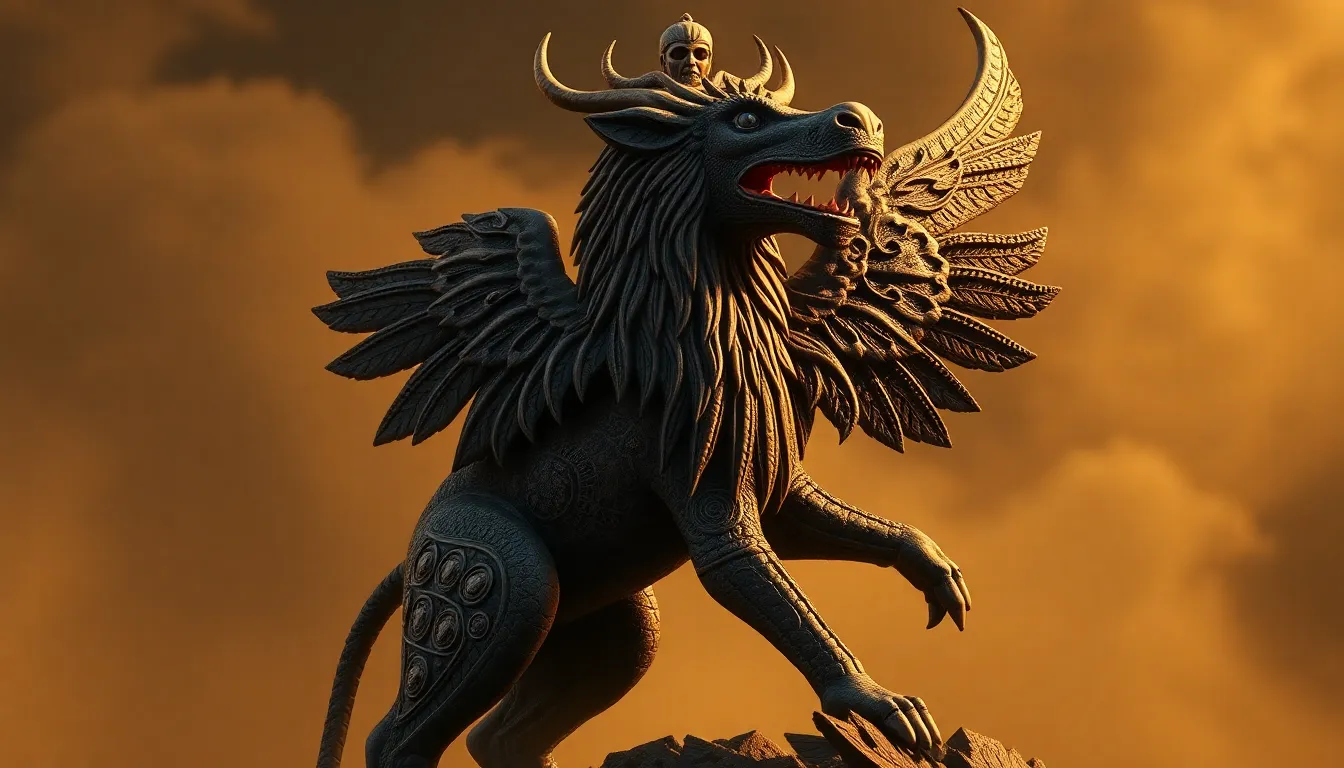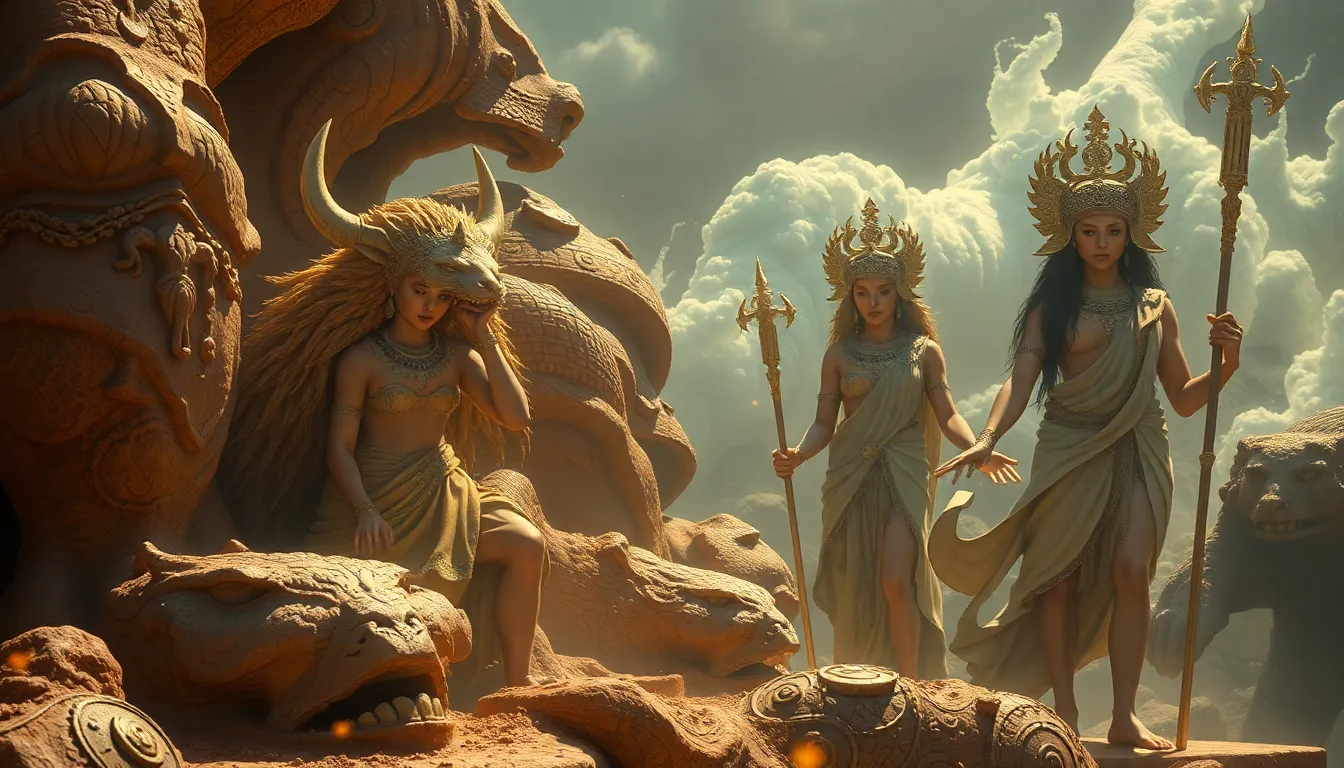The Rich Tapestry of Philippine Folklore
The Philippines, a vibrant archipelago in Southeast Asia, boasts a rich tapestry of folklore that has been passed down through generations. From ancient tales of gods and goddesses to stories of mythical creatures lurking in the forests and seas, Philippine mythology is a captivating blend of indigenous beliefs, Spanish colonial influences, and local traditions. This unique blend has resulted in a diverse and fascinating collection of myths, legends, and stories that continue to enchant and inspire Filipinos today.
Origins and Influences on Philippine Mythology
The origins of Philippine mythology can be traced back to ancient animistic beliefs, where spirits were believed to inhabit everything in the natural world, from trees and mountains to rivers and seas. These beliefs were influenced by the Austronesian people, who migrated to the islands thousands of years ago, bringing with them their own myths and legends.
As the Philippines became a Spanish colony in the 16th century, Christianity was introduced, further shaping the country's mythology. Some indigenous deities were assimilated into the Catholic pantheon, while others were demonized and relegated to the realm of folklore. This blending of indigenous and colonial beliefs created a unique and complex mythology that reflected the country's rich and diverse history.
The Divine Realm: Bathala and the Pantheon of Gods
At the heart of Philippine mythology is Bathala, the supreme creator god, often depicted as a powerful and benevolent figure who presides over the universe. He is the source of all life and the ultimate authority, responsible for the creation of humans, animals, and the natural world. He is often associated with the sun, symbolizing his power and life-giving energy.
Alongside Bathala, a pantheon of lesser gods and goddesses populate the Philippine divine realm. Each deity represents a specific element or aspect of the natural world, embodying the forces of nature and the beliefs of the people. For example, Lalahon, the goddess of the moon, represents the feminine power of creation, fertility, and nurturing. She is often associated with the tides, which ebb and flow like the phases of the moon.
Creatures of Nature: Spirits and Elementals
Philippine folklore is teeming with spirits and elementals that inhabit the natural world. These beings, often invisible to human eyes, are believed to influence the lives of humans and the balance of nature. Among the most common are the diwata, nature spirits who dwell in forests, mountains, and rivers. They are known for their beauty, grace, and mischievous nature.
Another significant group are the duwende, mischievous little creatures who live under the ground, often associated with homes and gardens. They are known for their ability to play tricks on humans, but they can also be helpful and protective if treated with respect.
Guardians of the Forest: Engkantos and Their Realm
Deep within the forests of the Philippines live the engkantos, a powerful and enigmatic group of nature spirits. They are believed to be the guardians of the forests and the protectors of the natural world. A diverse group, engkantos can range from benevolent spirits who offer protection to humans to vengeful beings who punish those who disrespect the forest and its inhabitants.
Respect and offering are essential when encountering engkantos. Leaving offerings of food, flowers, or tobacco is a common practice to appease these spirits. Disrespecting their realm, such as cutting down trees or disturbing their dwellings, is believed to bring misfortune and even illness.
Creatures of the Night: Aswang and Other Supernatural Beings
The Philippines has a reputation for its chilling folklore, and the aswang is a prime example. This shape-shifting creature is a fearsome being who can assume different forms, often turning into a bird or a dog to stalk its prey. Aswang are known for their bloodlust, particularly for pregnant women and their unborn children. Legend says they can detach their heads, which can fly on bat-like wings, to hunt down victims at night.
Other supernatural beings haunt the Philippine night as well. The manananggal is a type of aswang that can detach its upper torso, growing bat-like wings to fly and search for victims. The tikbalang, another creature of the night, is a horse-like creature with a human head, often found in forests, luring unsuspecting travelers off the path and leading them to their doom. These creatures represent the fears and anxieties of the people, reflecting the dangers of the natural world and the unknown.
Fearsome Monsters: The Bakunawa, Manananggal, and More
The Philippine mythology is filled with incredibly unique creatures, some of them embodying the natural forces that Filipinos have long observed. The bakunawa, a giant sea serpent, is one such creature. It is said to swallow the moon, causing eclipses, and this tale speaks to the ancient Filipinos' understanding of celestial events.
The manananggal, as mentioned earlier, is a terrifying creature that preys on pregnant women and their unborn children, highlighting the ancient anxieties surrounding childbirth and infant mortality. This creature's fearsome form and gruesome method of hunting contribute to its enduring presence in Philippine stories and tales.
Mythical Creatures and their Symbolism
The creatures of Philippine folklore are not simply fantastical beings but carry deep symbolism. The aswang, for example, is often viewed as a representation of greed and evil, warning against the dangers of succumbing to dark impulses.
The engkantos, on the other hand, represent the delicate balance of nature and the need for respect and harmony with the environment. Their connection to the forests and the consequences for those who disrespect their realm emphasize the importance of environmental responsibility.
The diwata, with their beauty and grace, embody the spiritual side of the natural world, reminding Filipinos of the wonder and magic found in nature. They serve as reminders of the beauty and strength of the human spirit, urging people to appreciate the gifts of the natural world.
Folklore and its Role in Philippine Culture and Society
Philippine folklore plays a vital role in shaping the nation's cultural identity. It provides a rich tapestry of stories and beliefs that connect Filipinos to their heritage and traditions. These stories offer insights into the country's history, its relationship with nature, and its values.
Folklore also served as a means of social control, teaching moral lessons and reinforcing social norms. Stories about aswang and other supernatural creatures were often used to deter people from engaging in immoral or harmful behavior.
The Enduring Legacy of Philippine Mythology
Despite the passage of time and the influence of modern society, Philippine mythology continues to hold a strong place in the hearts and minds of the people. These stories are passed down through generations, enriching the cultural landscape and keeping the traditions alive.
Filipino artists, writers, and filmmakers continue to draw inspiration from the rich tapestry of myths and legends. These stories inspire countless works of art, literature, and film, ensuring that Philippine mythology remains a vibrant and influential part of the nation's cultural identity.
FAQ
Q: What is Philippine mythology?
A: Philippine mythology refers to the collection of myths, legends, and folktales that have been passed down through generations in the Philippines.
Q: What are the main types of mythical creatures in Philippine folklore?
A: Philippine folklore is rich with diverse mythical beings, including gods and goddesses like Bathala, spirits like engkantos and diwata, and creatures of the night like aswang and manananggal.
Q: What is the significance of Philippine folklore?
A: Philippine folklore plays a crucial role in shaping the nation's cultural identity, preserving traditions, and offering insights into the country's history, beliefs, and values.
Q: Is Philippine mythology still relevant today?
A: Yes, Philippine mythology is still very relevant today. Many Filipinos continue to believe in the stories and teachings passed down through generations. These stories are also a source of inspiration for artists, writers, and filmmakers.



